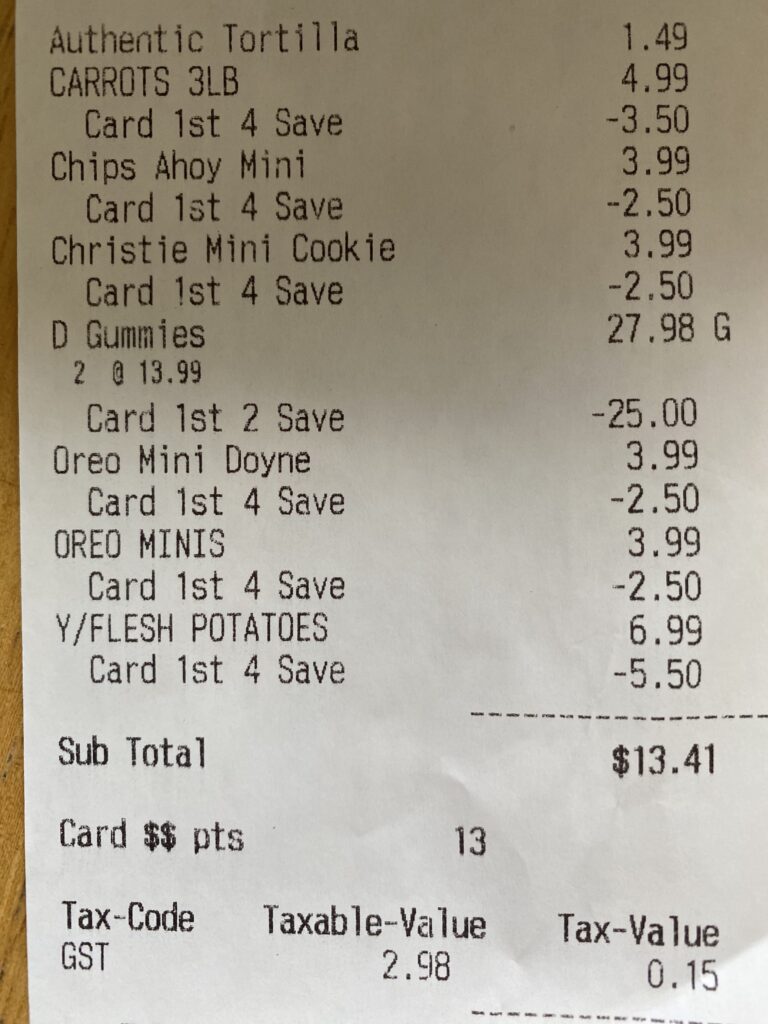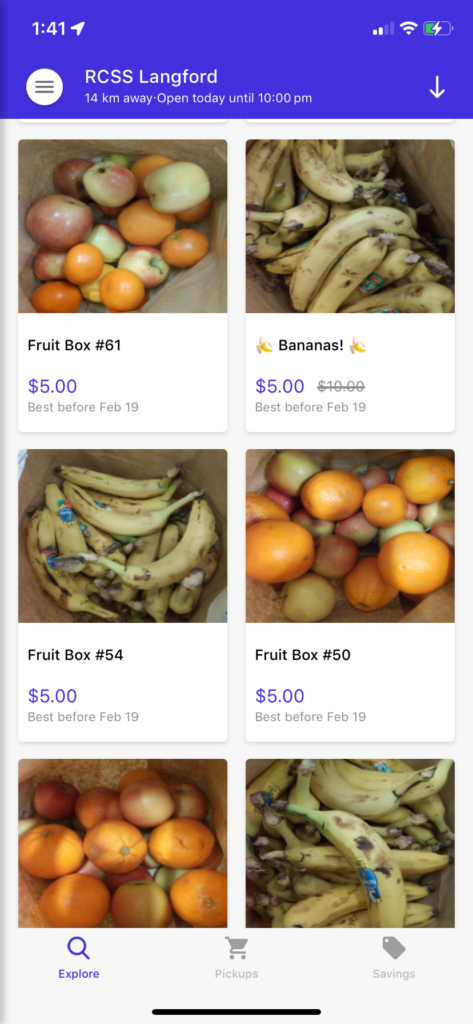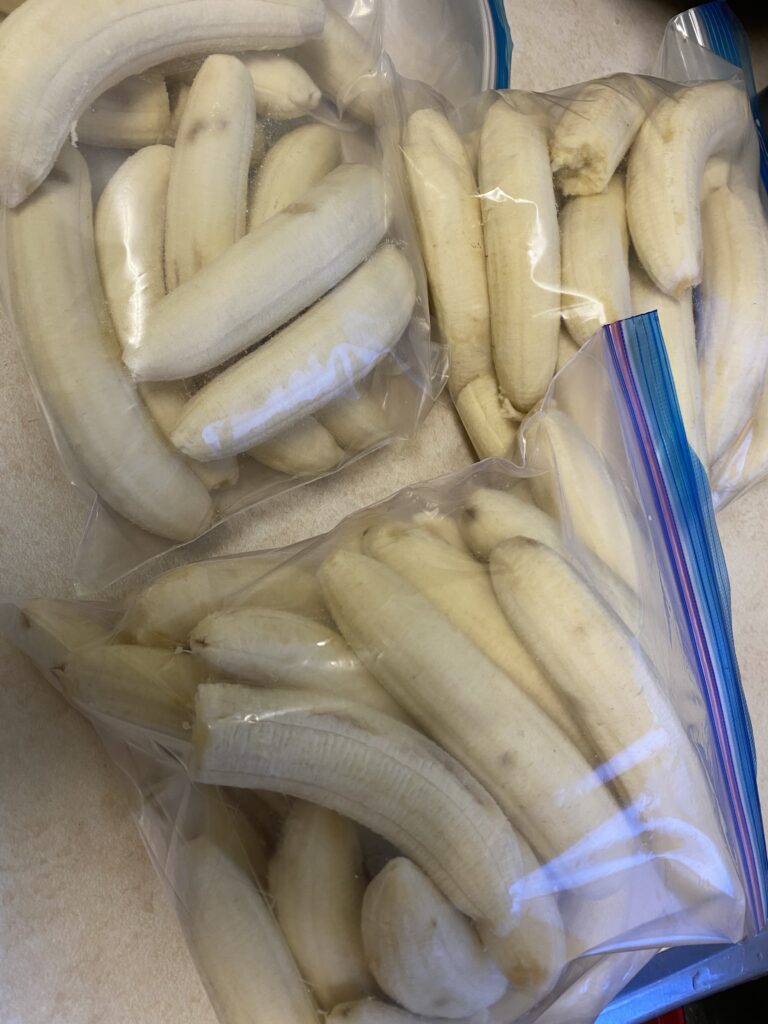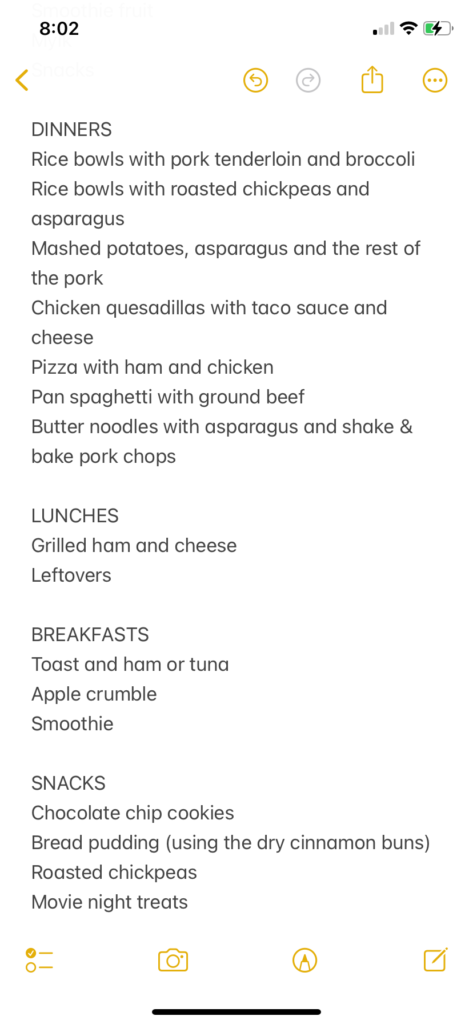One thing that I’ve always prided myself on was finding great deals at the grocery store… but it’s not enough today with the ever increasing prices that we are facing across the board. I did a particularly savvy shop a few weeks ago that encouraged me to share with you all. Keep reading to see 10 more ways to save at the grocery store. I hope that even one or two of these ideas help you shave some money on your monthly food spending.
Note, that I’m skipping the obvious ones of “have more meatless meals” and “eat only rice and beans” or “eat takeout less often” in this article. I’ve outlined a number of other ways to save on groceries in this article: Healthy Eating on a Budget . You’ll see that there’s so much more that we can all do to cut down our food costs.
I’d like to preface this with a few things.
- We are incredibly privileged to be able to purchase whatever food we would like, we don’t live in a food desert so we have access to great, healthy food. If you don’t, I encourage you to visit a food pantry in your community. Even if it only accounts for some of your food each month, it will open up a few dollars for healthy foods to add in.
- I am a certified nutritionist but also a realist with a teenager so we eat a good mix of food that fuels us and treats that we enjoy.
- I have the time, energy and skills to cook many of our meals from scratch. I know that not everyone has this luxury. Even if you can cook a few meals from scratch it will help both your budget and your good health.
- This shopping doesn’t account for special diets or allergies. Total transparency, I have a rare disease in my esophagus that I am currently dealing with (was hospitalized a few weeks ago for it) so I’m now on a 6 food elimination diet for an unspecified amount of time and I spent my whole budget this month by the 10th buying special foods for that. I feel your pain if you have to eat specialty foods for health reasons. These ideas will still be helpful to you for some items but we all know that a loaf of gluten free bread at $10 hurts the budget.
- We are a family of 2 with a teenage boy (so like feeding a family of four haha) in Canada so our monthly grocery (including only food, not cleaning supplies and toilet paper and shampoo) budget is around $4-500. This may seem high or low to you and that’s ok, just sharing our experience.
10 (More) Ways to Save
Let’s jump right in. I’ve tried to take this beyond the basics to give you some extra ways to put some bucks back into your pocket.
- Lean into your store points program. I use Optimum points that we collect on fuel, groceries and drugs/beauty products. I have $85 available now in points to use on a future shop. We are only a family of 2 and super frugal and these are only collected since January of this year. They do add up.
- Cash-back credit cards. I purposefully use a credit card with Grocery, Gas Stations and Drug Stores selected for my highest points categories so that I collect 2% cash back on all of these purchases. It ranges between $15-25 per month in cash back.
- Food recovery apps. Feel good about your purchase by keeping some food out of the landfills. I’ve been using the TooGoodToGo app and purchasing baked goods boxes from Tim Hortons for $5. They include at least $15 worth of baked goods. They include more goodies than a more expensive package from Save-On or Walmart and offer some variety. When I don’t have time to bake from scratch, these are a great option.
- Another food recovery app. Flashfood is another app that I use. Particularly for purchasing fruit. We make blended smoothies with frozen bananas every day so we go through so many bananas that I’m starting to think we are bananas! While bananas are not generally expensive, I still take every advantage for lower prices. It usually works out to 50% off or more. And since we are freezing them, it doesn’t matter if they’re not pretty or a little overripe.
- Flipp app to check flyers. We may not be getting flyers in our mailboxes every week anymore but they very much do still exist. Our grandparents checked the flyers every week, our parents likely did and we should do it. What’s important is sticking to foods that you will eat in time no matter how good the deal is. Often many of the sale items are packaged foods that we don’t eat and that’s ok, we don’t have to buy them. But what we do buy can be found at the best price this way.
- Loss Leaders. Almost all stores have loss leaders that they use to draw price conscious folks into their stores and away from the competition. The trick here is to buy only the loss leaders and not add on their full priced goods that may not be at the best possible price.
- Bulk Buying. The largest bag of flour may seem a little ridiculous to buy for a household of 2, but that’s the size that I buy because I bake so I know how much I go through and this is the most economical way to buy it. Do I want to haul it upstairs into the house? Nope. But it doesn’t matter. I’d rather pay $0.05 for a cup of flour than $0.25 for a cup or more. Bonus: Buying large also reduces the amount of packaging.
- Leverage Store Sales Events. I recently took advantage of the big sales at a birthday celebration at one of our smaller grocers. I normally don’t shop there but this time they had so many good sales that I couldn’t miss out. Save-On has their $1.49 Tuesdays events that sometimes have great sales items and other times don’t. During the last one, I spent $13.41 and saved $44.00 making it totally worth the trip (see images below).
- Meal Plan. I can’t stress this one enough, planning will save you so much money. One thing that I struggle with is ordering in or going out for food because I’m not inspired by what there is available in the pantry/freezer. But when I meal plan, I have all the ingredients on hand and know what I’m making in advance. I plan around the sales items and what’s in my pantry that needs to be used up. It is a great way to make sure that you use all the special items that you might buy for a meal. It doesn’t have to be overcomplicated either. There’s an example of a meal plan that I drafted a few weeks ago. You’ll see that asparagus was on sale on this particular week but I only buy it a couple of times a year when it’s cheap and not big and woody. Being only 2 people, it took a few meals to make our way through it but this way none was left unused and tossed out. I don’t bother with fancy worksheets either, just drop notes in my phone alongside my shopping list.
- Eat your leftovers. Some people don’t eat leftovers – this blows my mind! I usually make extra servings at dinner because my boy will eat another full serving when he gets home later in the evening. I’d rather he eat the healthy dinner than grab snacks so I go out of my way to make sure that he has leftovers. If they don’t get eaten that night, I eat them for breakfast or lunch the next day. Reducing your food waste goes a very long way. Next time you go to throw something out, put a value against it… that last piece of meat pie would have cost $4 – what else could you get for that $4? It may not seem like much when you consider item by item but when you add the up… watch out, they are a budget killer!





Let’s Look at the Math.
We spend about $500 a month on groceries, many families spend $1,000 or more each month. If you add that up, it’s $6,000 a year difference. If you invested that $6,000 in the first year and then $500 a month every month after at 6% interest, you would have just over $92,000 in your account in only 10 years. I’d say that’s worth it for a little extra effort in your grocery shopping habits.
I hope that these ideas help to keep some of your hard earned money in your pockets… or even better, in your investment accounts making even more money for you. Now that’s something to celebrate!
More articles that you might enjoy:

